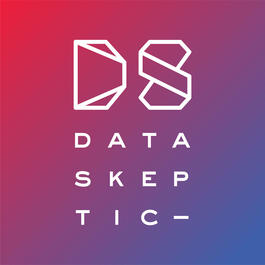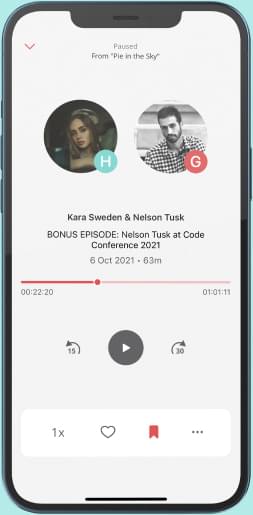
How to build artificial intelligence systems that understand cause and effect, moving beyond simple correlations? As we all know, correlation is not causation. "Spurious correlations" can show, for example, how rising ice cream sales might statistically link to more drownings, not because one causes the other, but due to an unobserved common cause like warm weather. Our guest, Utkarshani Jaimini, a researcher from the University of South Carolina's Artificial Intelligence Institute, tries to tackle this problem by using knowledge graphs that incorporate domain expertise. Knowledge graphs (structured representations of information) are combined with neural networks in the field of neurosymbolic AI to represent and reason about complex relationships. This involves creating causal ontologies, incorporating the "weight" or strength of causal relationships and hyperrelations. This field has many practical applications such as for AI explainability, healthcare and autonomous driving. Follow our guest Utkarshani Jaimini's Webpage Linkedin Papers in focus CausalLP: Learning causal relations with weighted knowledge graph link prediction, 2024 HyperCausalLP: Causal Link Prediction using Hyper-Relational Knowledge Graph, 2024
From "Data Skeptic"


Comments
Add comment Feedback